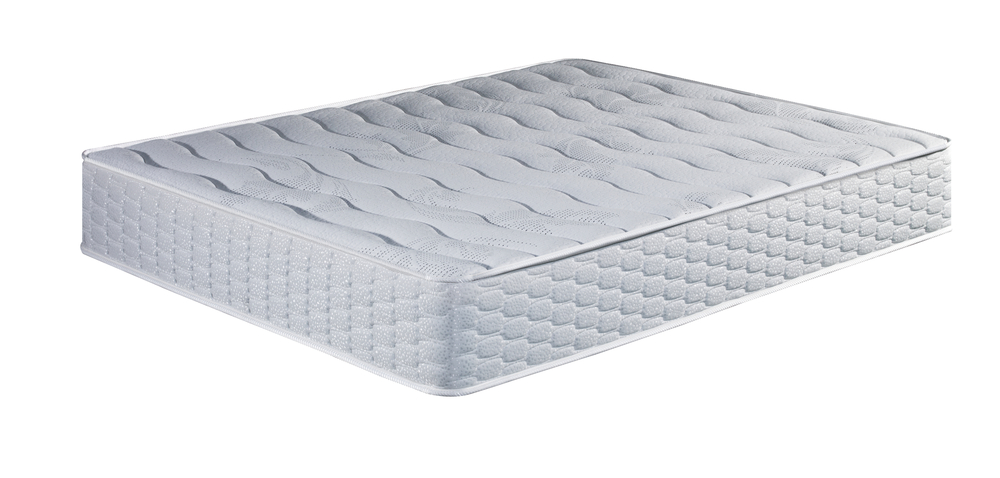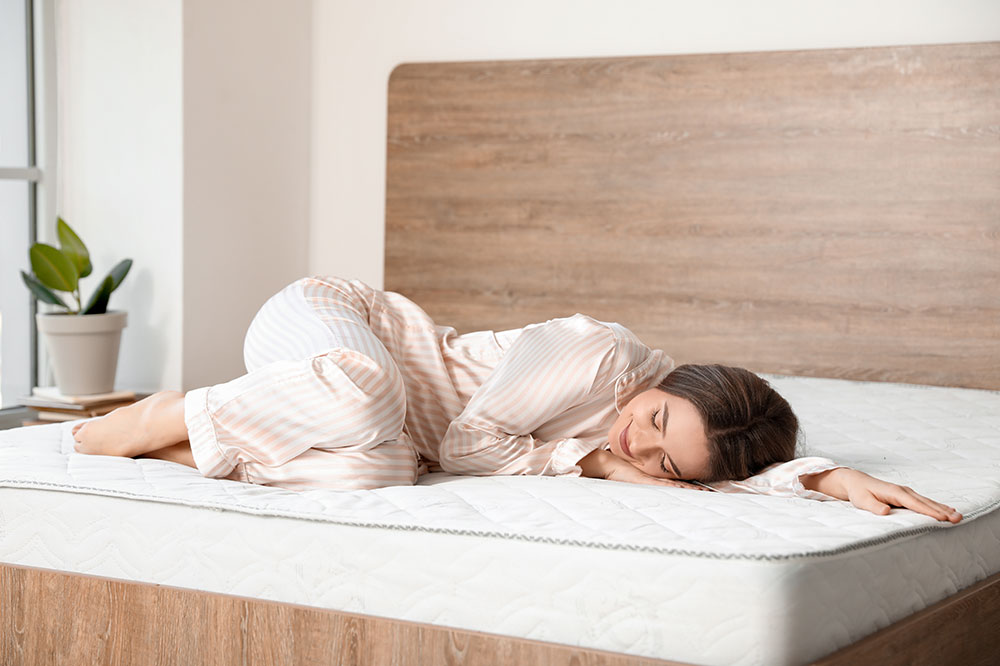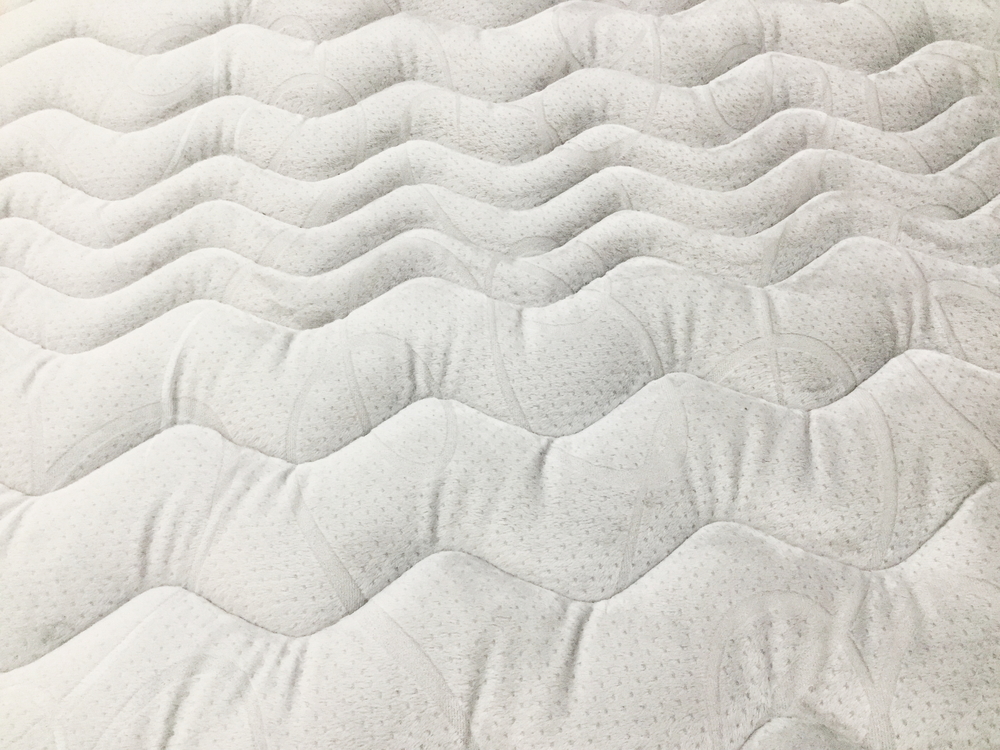Comprehensive Guide to Selecting the Most Comfortable Mattress for Restful Sleep
This extensive guide helps you choose the most comfortable and safe mattress tailored to your needs. It covers various mattress types including adjustable air, innerspring, latex, and memory foam, along with tips on avoiding harmful chemicals. By understanding these options, you can select a mattress that offers optimal support, comfort, and longevity. Prioritize health and comfort with insights into chemical concerns and durability, ensuring you make an informed purchase that promotes better sleep and overall well-being for years to come.

Comprehensive Guide to Selecting the Most Comfortable Mattress for Restful Sleep
Choosing the right mattress is a critical decision that greatly influences your overall health, comfort, and quality of life. With a vast array of options available in today's market, it can become an overwhelming task to find the perfect fit. Whether you prefer budget-friendly models or luxurious options, it’s essential to understand the different types of mattresses, their unique features, and what to look for when making your choice. This comprehensive guide aims to help you navigate through the myriad of choices, ensuring you find a mattress that offers optimal support, comfort, and safety for years to come.
Types of Mattresses to Consider
The market offers several types of mattresses, each crafted to meet different comfort preferences and health needs. Understanding these types can help you make an informed decision. Here’s an in-depth look at the most popular options:
Adjustable Air Mattresses
One of the most customizable options available, adjustable air mattresses feature multiple chambers filled with air, allowing users to modify firmness levels according to personal preference. High-quality models from reputable stores come with digital controls or manual pumps, providing a personalized sleeping environment. These mattresses are particularly suitable for couples with differing comfort needs or individuals with specific health issues such as back pain or arthritis. The ability to fine-tune firmness makes air mattresses versatile, adaptable, and beneficial for long-term sleep health.
Innerspring Mattresses
The classic innerspring mattress remains a popular choice owing to its supportive qualities and affordability. It consists of a core of steel coils or springs that provide a resilient and supportive base. Premium models often incorporate additional layers of foam or latex on top of the coils, enhancing comfort, pressure relief, and durability. Modern innerspring mattresses are designed with pocketed coils that move independently, reducing motion transfer and promoting undisturbed sleep. They are breathable, making them suitable for hot sleepers, and come in various firmness levels to match individual preferences.
Advanced innerspring options may include zoned support systems that target specific areas like the lumbar region, providing extra support where needed most. Such features make these mattresses a reliable choice for a wide demographic, from teenagers to older adults needing extra spinal support.
Latex Mattresses
Constructed from natural or synthetic latex, these mattresses stand out for their firmness, resilience, and eco-friendliness. Natural latex is derived from rubber trees and known for its sustainability, antimicrobial properties, and excellent elasticity. The surface of a latex mattress offers a bouncy, responsive feel that accommodates natural spinal alignment. Because of their inherent durability, latex mattresses can last for many years with proper care.
Consistent firmness across the surface ensures steady support, reducing pressure points and minimizing body aches. They are naturally resistant to mold, dust mites, and microbes, making them ideal for allergy sufferers. While typically more expensive than other types, the investment pays off through long-term durability and health benefits. Latex mattresses also provide a helpful balance of support and comfort, suitable for side, back, or stomach sleepers.
Memory Foam Mattresses
Memory foam has gained tremendous popularity for its ability to conform precisely to your body's curves. Made from viscoelastic polyurethane foam, these mattresses mold to your shape, distributing weight evenly and minimizing pressure points. The conforming qualities make memory foam especially beneficial for individuals with joint or back pain, as they promote spinal alignment and pressure relief.
However, since memory foam is petroleum-based, some users express concerns about off-gassing and chemical odors. Modern manufacturing techniques have reduced these issues, but it’s advisable to choose high-quality, CertiPUR-US certified foam. Memory foam mattresses also tend to retain heat, which might be uncomfortable for hot sleepers unless they incorporate cooling gel infusions or ventilation features. Their ability to spring back slowly after pressure is released means they provide consistent support and a sense of cocooning comfort.
Indicators of Unsuitable or Risky Mattresses
Chemical-Treated Mattresses and Health Risks
Many mattresses, even those from reputable stores, contain chemicals intended to meet fire safety standards, such as flame retardants. While these chemicals are effective for fire prevention, some pose health concerns when used long-term. For instance, flame retardants like boric acid and antimony compounds may be linked to cancer, reproductive issues, and endocrine disruption. Extended exposure to these chemicals can negatively impact your health, especially for vulnerable populations such as children, pregnant women, and individuals with sensitivities.
To mitigate these risks, look for mattresses labeled as free from harmful flame retardants or ones that comply with safer standards like OEKO-TEX or CertiPUR-US certification. Additionally, purchasing mattresses with natural fire barriers, such as wool or cotton, can be a chemical-free alternative.
Concerns About Polyurethane Foam and Emitted Gases
Most foam-based mattresses are manufactured using petroleum-derived polyurethane foam, which can emit volatile organic compounds (VOCs) over time—a process known as off-gassing. These VOCs include chemicals like isocyanates that are known to cause respiratory issues, eye irritation, and allergic reactions, particularly in children or individuals with sensitive respiratory systems.
Prolonged exposure to these gases may lead to health complications, making it essential to select mattresses with low VOC emissions or those certified for safety and minimal chemical content. Ventilating your sleeping environment during initial use can also help reduce lingering odors and emissions.
In summary, understanding the types of mattresses, their features, and potential health considerations can significantly enhance your sleep quality and safety. Prioritize choosing a mattress that aligns with your comfort preferences, health needs, and budget. Remember to research and select products from reputable sources that prioritize safety standards, ensuring restful, healthy sleep for many years.





